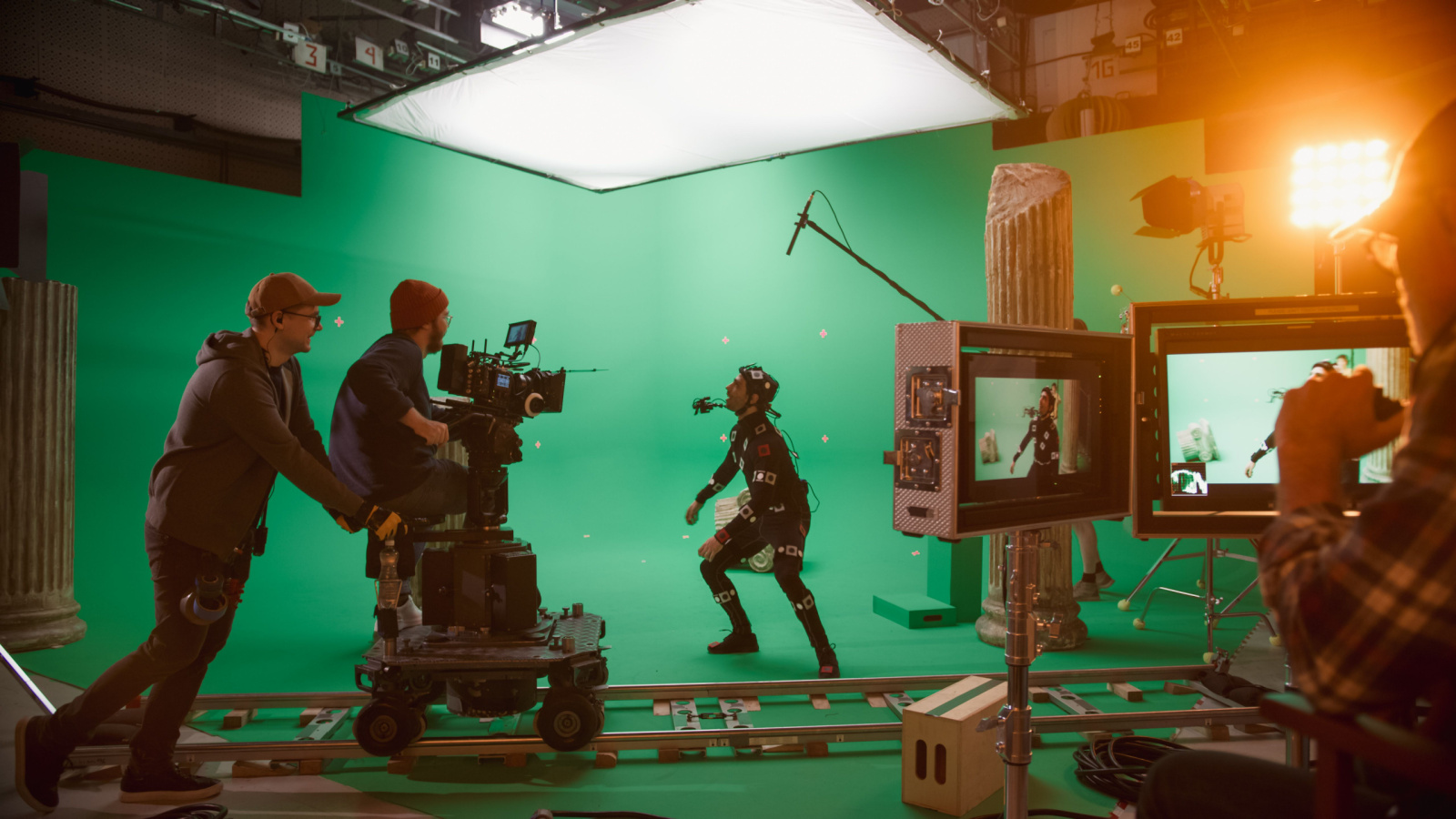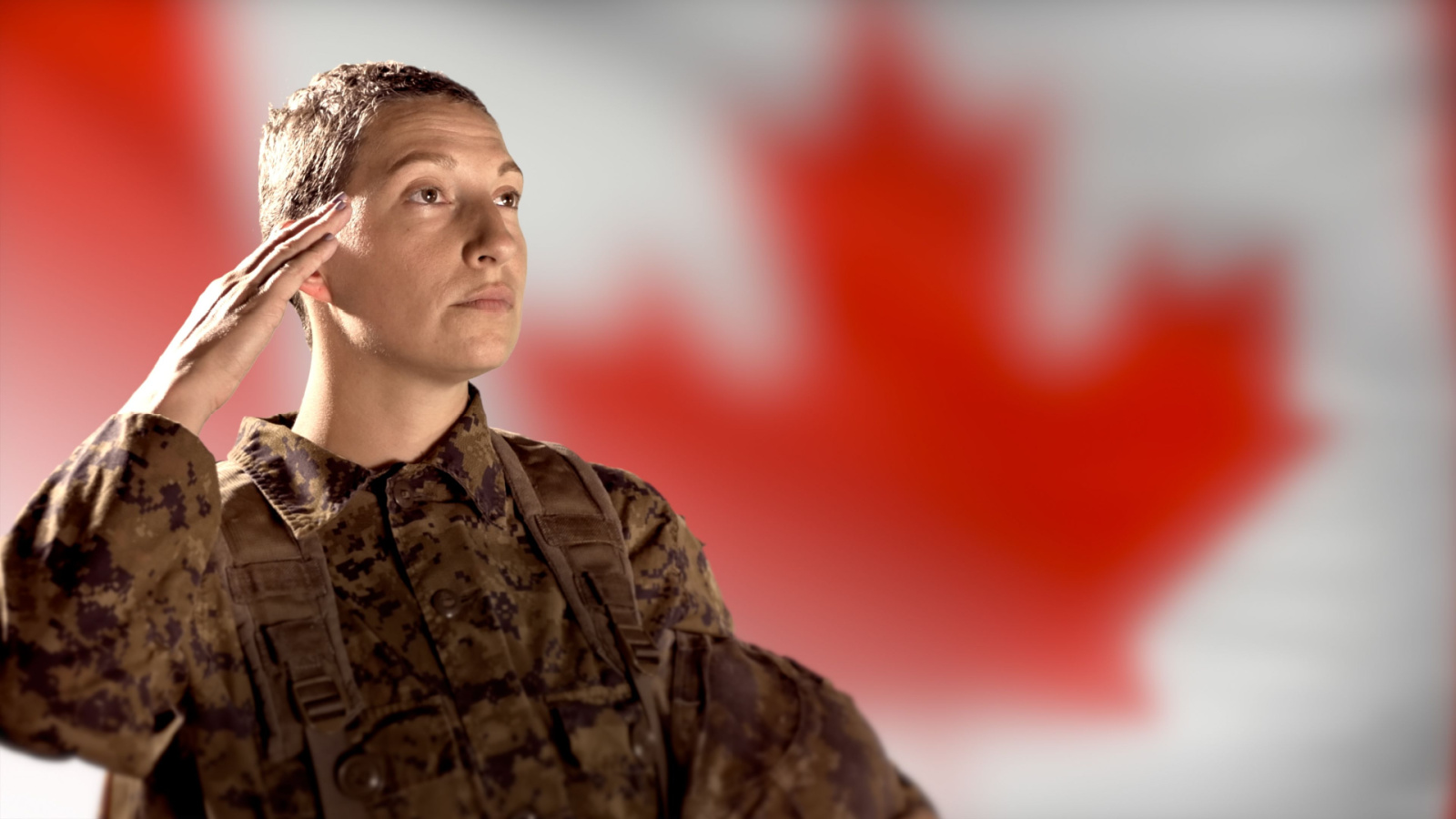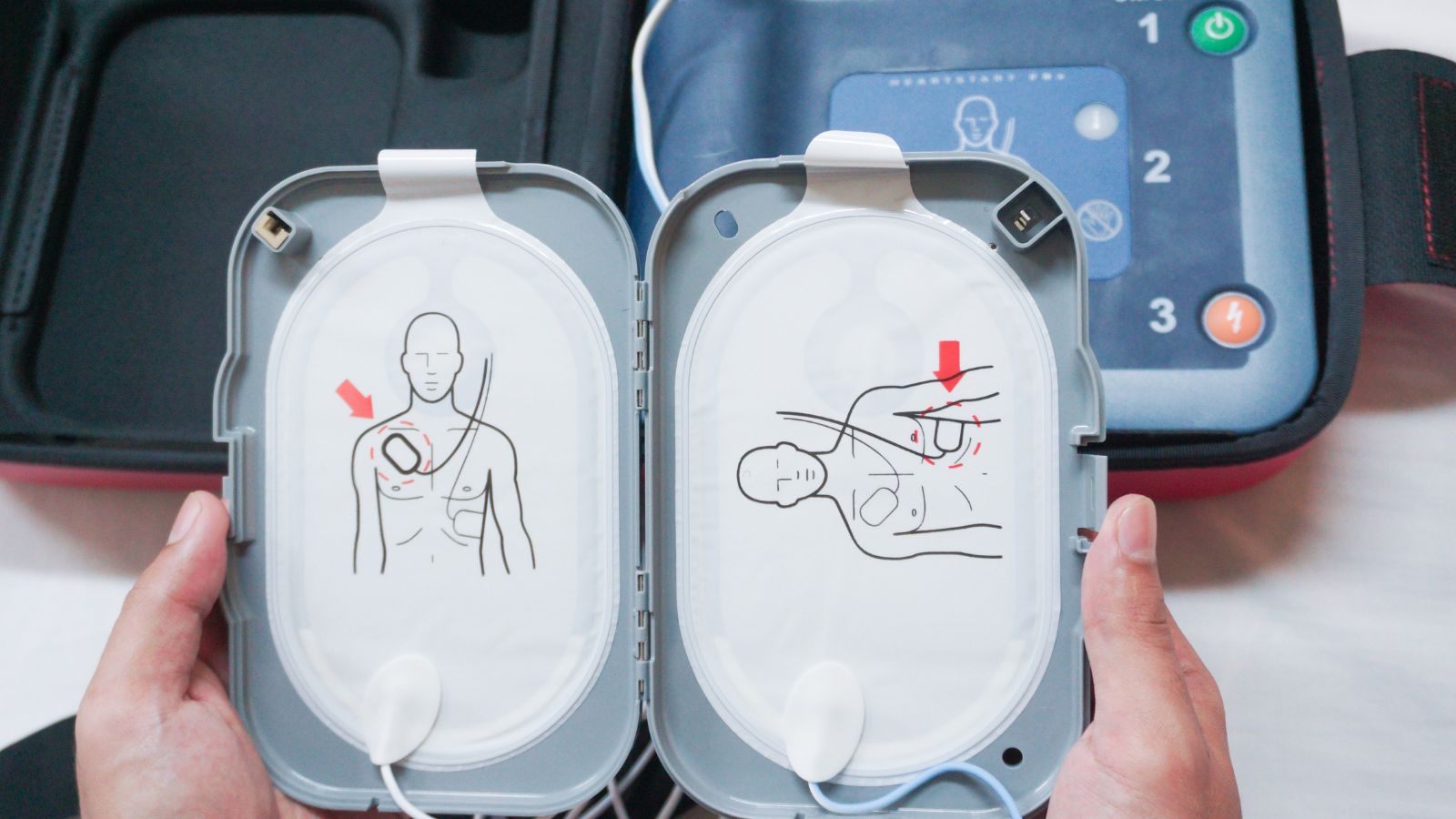Schools often focus on the obvious chapters of a country’s history, leaving out the smaller breakthroughs that shaped daily life, global industries, and modern conveniences. This list brings forward Canadian achievements that rarely make it into textbooks but deserve recognition because of how much they influenced social systems, technology, healthcare, media, and even space exploration. Here are 20 Canadian firsts you didn’t learn in school.
The First Recorded UFO Landing Investigated By a Government

A well-documented investigation into an alleged UFO landing took place in Falcon Lake, Manitoba, in 1967. What made this event noteworthy was not the claim itself but the formal response from government agencies, making it the first instance where such a sighting was studied at a national level with official coordination. Multiple departments, including the RCMP and the Royal Canadian Air Force, gathered physical samples, interviewed witnesses, and documented site patterns in detail. The case was treated as an aviation safety matter rather than a curiosity, setting a precedent for procedural handling of unidentified aerial events.
The First Practical Snowmobile

The earliest functional snowmobile was created by Joseph Armand Bombardier in 1937. His machine was not designed for recreation but for rural mobility in communities that remained isolated during winter. Bombardier’s invention used a tracked propulsion system that was unique at the time and capable of navigating deep snow without sinking. It improved access to medical care, mail delivery, and emergency transport in remote areas. The design later inspired the global recreational snowmobile industry, but its original purpose was a utilitarian response to regional challenges, becoming an essential tool for northern life long before it became a sport.
The First Nation to Establish an Official Multiculturalism Policy

A formal government multiculturalism policy was introduced in 1971, becoming the first such national directive in the world. This decision acknowledged the presence of diverse cultural groups and aimed to protect their social and linguistic rights. The policy encouraged cultural retention while emphasizing equal participation across public systems, including education and employment. It influenced school curricula, settlement programs, and community funding initiatives. Over time, this framework shaped national identity by recognizing pluralism as a strength rather than a transitional phase. The policy has since been used as a reference model in other countries crafting integration strategies.
The First Long-Distance Telephone Call Over Public Infrastructure

The first successful long-distance telephone call was transmitted between Brantford and Paris, Ontario, in 1876. This test demonstrated that sound could travel reliably across significant distances through public telegraph infrastructure. The call was part of Alexander Graham Bell’s broader experiments in voice transmission, but this specific trial proved the possibility of scalable communication. The achievement accelerated the adoption of telephone networks, encouraged investment in national lines, and initiated the commercial era of telecommunications. It also showed that new inventions could integrate into existing systems rather than requiring completely new frameworks, making expansion more feasible.
The First Nation To Launch a Domestic Geostationary Communications Satellite

The launch of Anik A1 in 1972 marked the world’s first domestic geostationary satellite system. It was developed to connect remote communities that lacked reliable telephone and television signals. The satellite allowed real-time broadcasting across vast distances, helping northern regions receive educational content, medical training, and cultural programming for the first time at scale. The system also enabled experiments with telemedicine, which later influenced global rural healthcare models. Anik A1 established a high technology precedent by showing that national satellites could serve public development goals rather than solely military or commercial purposes.
The First Modern Ice Hotel

The Hôtel de Glace in Quebec opened in 2001 as the first fully reconstructed seasonal ice hotel in the modern tourism industry. Built entirely from ice and snow, the structure required specialized architectural techniques and had to be rebuilt annually due to melting. Its rooms, sculptures, and thematic spaces attracted international visitors, creating a new tourism category focused on temporary winter architecture. The project demonstrated how artistic disciplines, engineering methods, and environmental conditions could be combined to create unique accommodations. Its influence can be seen in tourism sectors across Scandinavia and other cold climate destinations.
The First Use of Insulin on a Human Patient

The first successful therapeutic use of insulin was performed in Toronto in 1922. Frederick Banting, Charles Best, and their colleagues developed the extract to treat type 1 diabetes, which was previously considered fatal. The initial trials improved patients’ blood glucose levels rapidly, demonstrating the practicality of hormone-based therapy. This advancement transformed diabetes from a terminal diagnosis into a manageable condition. The work also set new standards for laboratory collaboration between physicians, pharmacologists, and industry partners, accelerating the development of biologic medicines. The success led to global adoption and saved millions of lives.
The First Film Studio to Use Inuit Language in a Feature Production

A groundbreaking production emerged in 2001 with the release of Atanarjuat: The Fast Runner, the first feature film produced entirely in Inuktitut. The film was created by an Inuit-owned production company and featured a cast from local communities. Its development involved elders, storytellers, and cultural advisors to ensure accuracy. The film’s international success showed that indigenous languages could reach global audiences when given proper resources and creative control. The project strengthened local filmmaking capacity and opened opportunities for further indigenous narratives in cinema.
The First Policy Allowing Women to Serve Permanently in All Military Roles

A major shift in military policy occurred in 1989 when women were formally permitted to serve in all military occupations, including combat roles, on a permanent basis. This decision was the result of legal rulings, advocacy efforts, and internal reviews. It restructured training systems, promotion paths, and operational procedures. The policy’s implementation showed that institutional change could occur within a highly structured environment when supported by legal mandates and evidence-based assessments. It also influenced other nations reviewing gender integration in their armed forces.
The First Nationwide Supply Management System for Agriculture

A unique supply management framework for dairy, poultry, and eggs was established in the early 1970s. It coordinated production quotas, pricing stability, and market access for farmers. The system aimed to prevent oversupply problems and income volatility that frequently affected agricultural sectors in other countries. By setting predictable production levels, it supported long-term farm planning and maintained consistent product quality. The model continues to be studied by economists and policy analysts interested in balancing food security with market stability. It remains one of the longest-running coordinated agricultural systems in the world.
The First Robot Arm Deployed in Space

The Canadarm, launched in 1981 aboard the Space Shuttle, was the first robotic arm used for orbital operations. Its design allowed astronauts to maneuver satellites, modules, and cargo with precision during missions. The system advanced space robotics significantly, showing how mechanical arms could perform tasks that were difficult or risky for humans. The success of the Canadarm led to later versions used on the International Space Station, shaping global collaboration in space engineering. It also contributed to the development of robotics used in surgery and industrial automation.
The First Public Pacemaker Implantation

A pacemaker designed by Dr. Wilfred Bigelow and John Hopps was implanted in a patient in the 1950s, marking the first time a cardiac pacemaker was used in a public hospital setting. The device was based on earlier experiments involving temperature-induced cardiac stimulation. The implantation proved that electrical regulation of the heart could be performed safely, opening the door to rapid innovation in cardiac care. Later models became smaller, more reliable, and more accessible. This early milestone shifted cardiovascular treatment from purely surgical approaches to device-assisted therapy.
The First Country to Introduce a High School Broadcasting Program

In the 1940s, Manitoba launched one of the earliest school-based broadcasting programs. Students produced radio segments that were shared across regional networks. These programs taught technical skills, scriptwriting, and public communication long before media studies became a formal subject. The initiative demonstrated the educational potential of broadcast media and provided practical experience for future journalists and producers. It also built stronger connections between students and their communities by highlighting local stories and topics. The concept later influenced media literacy programs across North America.
The First Enclosed Shopping Mall in North America

The opening of Polo Park in Winnipeg in 1959 introduced the first enclosed shopping mall in North America. Its design created a climate-controlled space that allowed year-round shopping regardless of severe weather conditions. The layout brought multiple stores under one roof, changing consumer behavior and reshaping retail environments. Developers across the continent adopted the model, leading to the widespread construction of malls during the following decades. Polo Park set early standards for tenant mix, anchor stores, and accessible public spaces, influencing the retail industry significantly.
The First Legalization of Same Sex Marriage Outside Europe

A landmark court ruling in 2003 established legal same sex marriage in Ontario, becoming the first such legalization outside Europe. The ruling interpreted marriage laws in the context of equality protections, reshaping family law and civil rights. Several provinces followed quickly, creating a national movement toward inclusive reform. The decision also influenced debates in other jurisdictions examining the intersection of constitutional rights and marriage definitions. The case demonstrated how legal advocacy, judicial reasoning, and community efforts could intersect to produce major social change.
The First Instant Replay System in Professional Sports

The first use of modern instant replay technology in professional sports occurred during a football game in 1955. A CBC broadcast technician replayed a touchdown using a modified tape system, surprising audiences who had never seen a moment repeated on television. Although the replay was slow and required manual adjustments, it changed sports broadcasting permanently. This innovation allowed clearer analysis of plays and improved viewer experience. Leagues around the world eventually incorporated replay technology both for entertainment and for officiating reviews. The original experiment demonstrated the potential of television as an analytical tool.
The First Universal Healthcare System Covering All Residents

A provincial medical insurance program was introduced in Saskatchewan in 1962 and later expanded nationally. It provided coverage for essential physician services and became the prototype for a publicly funded healthcare model. The system faced opposition during its early stages but gained support once residents experienced the benefits of accessible care. The framework influenced discussions worldwide about equitable healthcare delivery. Its long-term sustainability has been examined by policy experts, making it a significant case study in health economics and social planning.
The First Major Environmental Protection Agreement Signed By Indigenous Leaders and Government Officials

The James Bay and Northern Quebec Agreement in 1975 marked an important collaboration between Indigenous nations and government representatives. It addressed land rights, resource development, and cultural protections. The agreement established frameworks for local governance, environmental monitoring, and shared decision-making. It also provided compensation mechanisms linked to hydroelectric projects. The model demonstrated how large-scale negotiations could incorporate Indigenous participation meaningfully. Later agreements across the world referenced its structure when establishing co-management or co-governance systems for natural resources.
The First North American City with a Functional Underground Pedestrian Network

Montreal introduced an extensive underground pedestrian network beginning in the 1960s. The system connected office buildings, universities, retail centers, and transit lines across the downtown core. It provided year-round comfort for residents during harsh winter conditions and reduced traffic congestion by encouraging walking. Over time, the network expanded into a major urban planning feature. Planners from other cold-weather cities studied its design when creating their own underground pathways. The project demonstrated how infrastructure could adapt to environmental realities while supporting economic activity.
The First Use of the Term “Hockey Night” in Broadcasting

The phrase “Hockey Night” emerged during early radio broadcasts in the 1930s and became the foundation for one of the longest-running sports programs in television history. The broadcasts helped standardize sports commentary and fostered a culture of community listening. Families gathered around radios to hear live descriptions, which reinforced the program’s popularity. When television replaced radio, the format carried over and remained central to weekly programming schedules. The term eventually became part of national sports identity, symbolizing a shared viewing ritual that persisted across generations.
21 Products Canadians Should Stockpile Before Tariffs Hit

If trade tensions escalate between Canada and the U.S., everyday essentials can suddenly disappear or skyrocket in price. Products like pantry basics and tech must-haves that depend on are deeply tied to cross-border supply chains and are likely to face various kinds of disruptions
21 Products Canadians Should Stockpile Before Tariffs Hit
